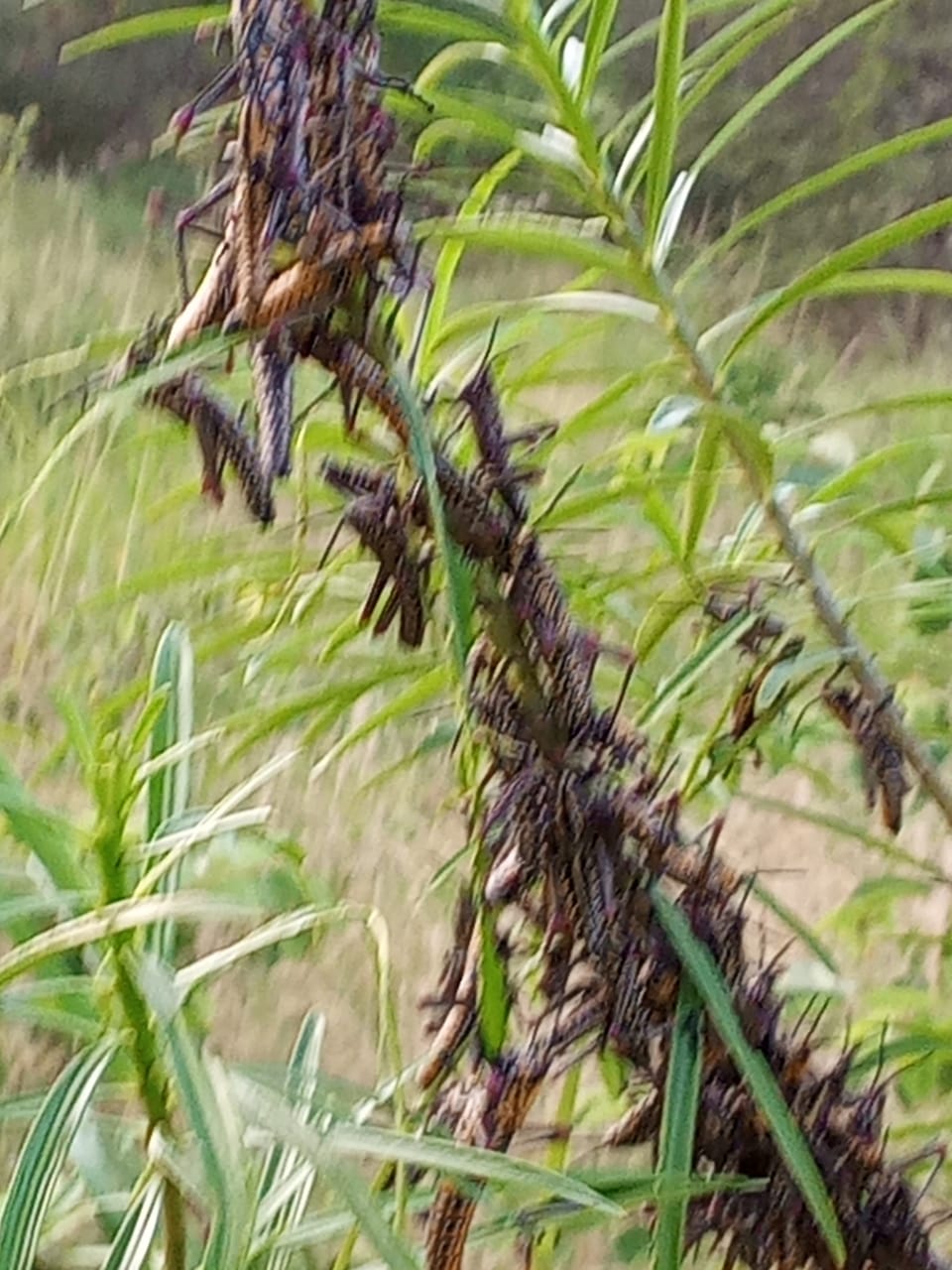Sightings of locusts have raised anxiety among farmers, who fear the insects might wipe out vegetation, exposing their livestock to starvation
By Fredrique Ntele
Kajiado is staring at disaster following the sighting of locusts in parts of the county. Pictures of the destructive desert locusts, which have wreaked havoc in parts of northern Kenya, have been posted on social media, particularly in Entepesi village of Mashuuru Sub-County.
The sightings have raised anxiety among farmers, who fear the insects might wipe out vegetation, exposing their livestock to starvation. Mashuuru area is also known for crop farming.
“We request the government and all concerned authorities to take action immediately because we feel endangered if the locusts invade our villages,” said Dr Kennedy Kerei, a former County Secretary under Dr David Nkedianye’s government.
Dr Kerei, who spoke to Kajiado Star over the phone, called for speedy action from authorities at both the county to national government levels to prevent the locusts from damaging vegetation in the county.
Kajiado County is especially vulnerable as the land is covered in lush greenery as a result of the rains that have been pounding the area in the past few months.
The desert locust is categorized by the UN Food and Agriculture Organization (FAO) as the most destructive insect in the world. It is said to fly for five to 130 kilometers at a speed of 17 km per hour.
The insect can be eliminated by aerial and ground spread of chemicals as well as human consumption as it is a rich source of proteins.
Already, the locusts have caused damage in Mandera, Wajir, Marsabit, Isiolo and Garissa counties. They have also affected parts of Laikipia County.
More to follow…
